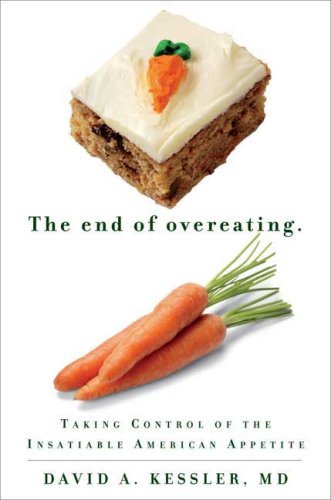Mr. Rosen said that when he approached the fish he heard it uttering warnings and commands in Hebrew.
"It said `Tzaruch shemirah' and `Hasof bah,' " he said, "which essentially means that everyone needs to account for themselves because the end is near."
The fish commanded Mr. Rosen to pray and to study the Torah and identified itself as the soul of a local Hasidic man who died last year, childless. The man often bought carp at the shop for the Sabbath meals of poorer village residents.
Few believed them, though many jokes were made such as the gefillte fish manufacturer who considered taking on the slogan "Our fish speaks for itself".
Now neuroscientists have documented brain activity, not just in a live carp of the story, but in a dead salmon, in the paper, Neural correlates of interspecies perspective taking in the post-mortem Atlantic Salmon: An argument for multiple comparisons correction. As they put it in their Methods section:
Subject. One mature Atlantic Salmon (Salmo salar) participated in the fMRI study. The salmon was approximately 18 inches long, weighed 3.8 lbs, and was not alive at the time of scanning.
Task. The task administered to the salmon involved completing an open-ended mentalizing task. The salmon was shown a series of photographs depicting human individuals in social situations with a specified emotional valence. The salmon was asked to determine what emotion the individual in the photo must have been experiencing.
Just picture the scene for a moment. I would love to talk to the research assistant who had to talk to the salmon and show it pictures. What kind of "mentalizing" does a person have while speaking to a dead fish?
The conclusion:
Can we conclude from this data that the salmon is engaging in the perspective-taking task? Certainly not. What we can determine is that random noise in the EPI timeseries may yield spurious results if multiple comparisons are not controlled for. Adaptive methods for controlling the false discovery rate and familywise error rate are excellent options and are widely available in all major fMRI analysis packages. We argue that relying on standard statistical thresholds (p < 0.001) and low minimum cluster sizes (k > 8) is an ineffective control for multiple comparisons. We further argue that the vast majority of fMRI studies should be utilizing multiple comparisons correction as standard practice in the computation of their statistics.
The study was also covered by Science News in an article on lack of replicability of fMRI experiments. The Science News story includes a quote that is a good idea for everyone, whether or not they do fMRI experiments: “Statistics should support common sense. If the math is so complicated that you don’t understand it, do something else.”
When this study wins the Ignobel Prize, you can say you saw that prediction here first.







